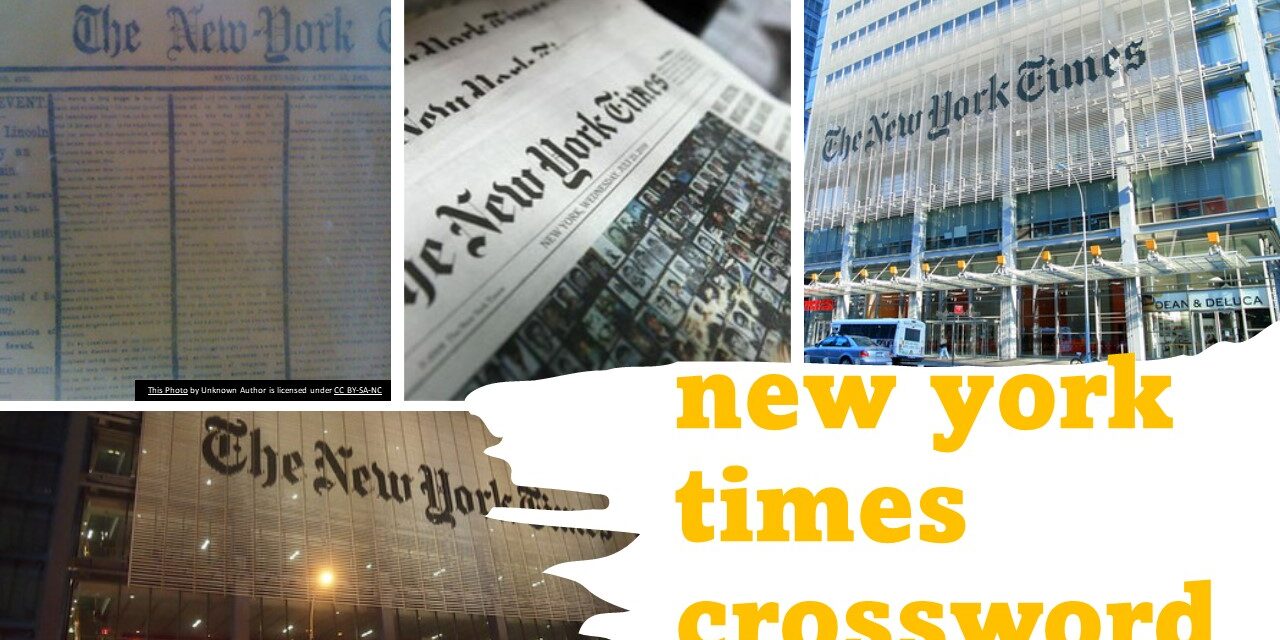New york times sudoku
Sudoku is a popular logic-based number puzzle that has captivated puzzle enthusiasts all over the world. The New York Times, renowned for its quality journalism, has also established a reputation for providing challenging Sudoku puzzles that can truly test your problem-solving skills. In this article, we will explore the art of Sudoku and how you can improve your abilities by tackling the New York Times’ puzzles.
Understanding Sudoku
Sudoku is played on a 9×9 grid, divided into nine 3×3 sub-grids. The objective is to fill in all the empty squares with numbers from 1 to 9, ensuring that each row, column, and sub-grid contains every digit exactly once. The puzzle starts with some numbers already filled in, which serve as hints to help you deduce the correct placements for the remaining numbers.
Why Choose New York Times’ Challenging Puzzles
The New York Times’ Sudoku puzzles are renowned for their difficulty levels, ranging from easy to diabolical. By taking on these challenging puzzles, you can enhance your problem-solving abilities and boost your logical thinking skills. The puzzles are meticulously crafted to provide a satisfying solving experience, making them a perfect choice for Sudoku enthusiasts who enjoy a true mental workout.
Developing Strategies
To master the art of Sudoku, it’s essential to develop effective solving strategies. Here are some techniques commonly used:
1. Scanning
Scanning involves examining the puzzle for any numbers that can only be placed in a specific square within a row, column, or sub-grid. By identifying these unique placements, you can gradually fill in more numbers and create a clearer picture of the puzzle’s solution.
2. Crosshatching
Crosshatching involves analyzing a row or column and eliminating numbers that are already present in that row or column from the potential numbers for other empty squares. This technique helps narrow down the possibilities and aids in making more accurate deductions.
3. Pencil Marking
Pencil marking is a method where you use small numbers or symbols to indicate possible candidates for each square. By doing this, you can keep track of potential numbers and eliminate them as you progress through the puzzle, reducing complexity and ensuring you don’t miss any possibilities.
4. Advanced Techniques
As you gain experience and tackle more challenging puzzles, you can explore advanced techniques like X-wing, Swordfish, and XY-wing. These techniques involve identifying specific patterns and using logical deductions to determine the correct placements of numbers.
Benefits of Solving Challenging Puzzles
Solving challenging Sudoku puzzles, such as those offered by the New York Times, offers numerous benefits:
1. Mental Stimulation
Challenging puzzles push your brain to think critically and logically, providing a mental workout that improves cognitive abilities.
2. Patience and Persistence
Difficult Sudoku puzzles require patience and persistence. By tackling them, you can develop these qualities, which can be beneficial in various aspects of life.
3. Problem-Solving Skills
Sudoku puzzles are excellent for honing problem-solving skills, as they require you to analyze situations, make deductions, and devise strategies to find a solution.
4. Relaxation and Stress Relief
Solving Sudoku puzzles can be an excellent way to relax and de-stress. The focused concentration required helps divert the mind from daily pressures and promotes a sense of calmness.
Conclusion
The art of Sudoku can be mastered by taking on challenging puzzles, such as those offered by the New York Times. By understanding the game’s rules, developing effective solving strategies, and persistently tackling difficult puzzles, you can enhance your problem-solving abilities, improve cognitive skills, and find joy in the process. So pick up a New York Times Sudoku puzzle and embark on a journey of mental stimulation and satisfaction.






